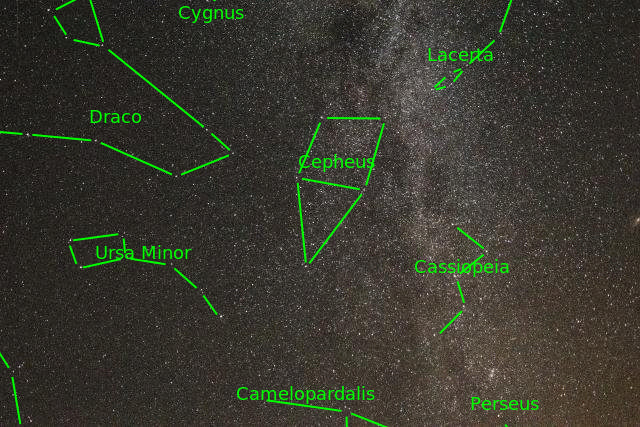The definition of astrometry is, “the measurement of the positions, motions, and magnitudes of stars.” As a branch of astronomy, astrometry involves precise measurements of the positions and movements of stars and other celestial bodies. The information obtained by astrometric measurements provides information on the kinematics and physical origin of the Solar System and our galaxy, the Milky Way.
If you’re curious about a great website that can help perform astrometry on your astrophotography, check out this great article on the subject.
The history of astrometry is linked to the history of star catalogues, which gave astronomers reference points for objects in the sky so they could track their movements. Some of the earliest star catalogs can be dated back to Hipparchus, who around 190 BC used the catalogs of his predecessors Timocharis and Aristillus to discover Earth’s precession. In doing so, he also developed the brightness scale still in use today. This catalog resulted in Hipparchus cataloging with at least 850 stars and their positions.
The next big advancement was in the 10th century when Abd al-Rahman al-Sufi carried out observations on the stars and described their positions, magnitudes and star color.
Another notable event in astrometry was in 1729 when James Bradley became the 1st scientist to attempt to measure stellar parallaxes. As the stellar movement proved too insignificant for his telescope, he focused on the discovered the aberration of light and the nutation of the Earth’s axis. His cataloguing of 3222 stars was refined in 1807 by Friedrich Bessel, the father of modern astrometry. He made the first measurement of stellar parallax: 0.3 arcsec for the binary star 61 Cygni.
At the end of the 19th century, measuring parallaxes was very difficult, which meant that only 60 had been measured. However, the use of photography and photographic plates made things easier as has the advances in photographic technologies such as CCDs. This has made the process cheaper and easier to do, which means amateur astronomers can also get involved in certain circumstances.
Operating from 1989 to 1993, the ESA launched and ran Hipparcos satellite took astrometry into orbit, which measured large and small angles on the sky with much greater precision. The benefit of using a satellite is that the satellites could be less affected by mechanical forces of the Earth and optical distortions from its atmosphere. During the operation of the Hipparcos satellite, the positions, parallaxes, and proper motions of 118,218 stars were determined with an unprecedented degree of accuracy.
Applications
- Astrophysicists uses astrometry to constrain certain models in celestial mechanics. By measuring the velocities of pulsars, it is possible to put a limit on the asymmetry of supernova explosions.
- Another use by astrophysicists for these astrometric results are used to determine the distribution of dark matter in the galaxy.
- Astronomers use astrometric techniques for the tracking of near-Earth objects. Astrometry is responsible for the detection of many record-breaking Solar System objects. To find such objects astrometrically, astronomers use telescopes to survey the sky and large-area cameras to take pictures at various determined intervals. By studying these images, they can detect Solar System objects by their movements relative to the background stars, which remain fixed.
- Support claims of extrasolar planet detection by measuring the displacement the proposed planets cause in their parent star’s apparent position on the sky, due to their mutual orbit around the center of mass of the system. Astrometry is more accurate in space missions that are not affected by the distorting effects of the Earth’s atmosphere.[1]
Sources
[1] =Nature 462, 705 (2009) 8 December 2009 doi:10.1038/462705a

Leave a comment